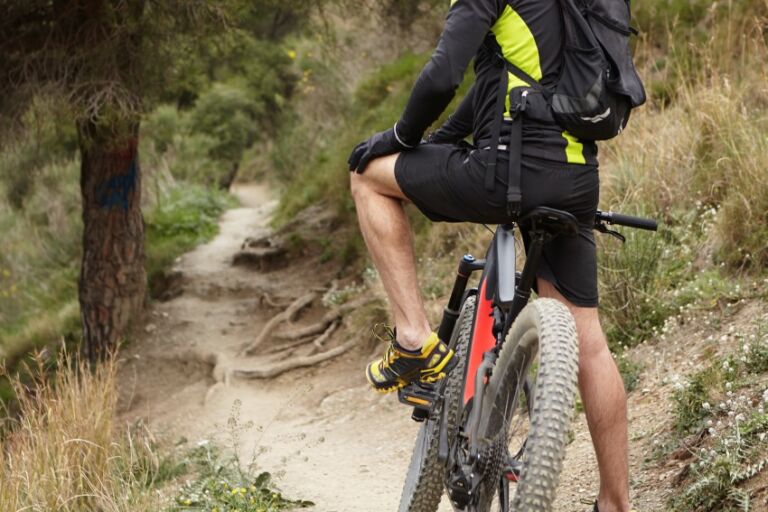I’m sorry to hear that you have been struggling with this issue while trying to work out. Unfortunately, without doing an examination to better understand what’s contributing to your symptoms I’m not able to comment at length on your specific condition. I can offer some general advice that might be helpful.
It is hard to know if it is the hamstrings that are causing this popping or other structures. The hamstrings run along the back of the thigh and attach to the inside and outside of the knee. There is a structure called the iliotibial band (IT Band) that attaches to the outside of the knee where one of the hamstrings inserts. Tightness in the ITB is also a common cause of popping/sliding sensations in the knee. Pain-free popping in the knee is usually something benign. However, prolonged popping could cause repetitive stress and lead to pain.
When muscles cause a sensation of popping usually it is because there is increased tension in the tendon as it moves over bony bumps near its attachment point. It is important to make sure that when trying to stretch a muscle to hold a static stretch without bouncing for 30-60 seconds to allow the muscle enough time to change length. Performing a stretch one time a day will not be adequate in helping relieve chronic tension. Stretches should be performed 2-3 times on the same muscle before and after exercising.
While stretching can be helpful I would suggest a physical therapy evaluation to assess why the structures around the knee are chronically tight and causing clicking. A physical therapist would be able to evaluate squat form, provide tips for proper bike set up, and assess for muscle imbalances that could be causing chronic popping issues.

Don't let knee pain keep you from the things you love!
From injury recovery to achieving optimal performance, our passion is to help every patient reach their goals and live an active, pain-free life. Get started with PT today!

